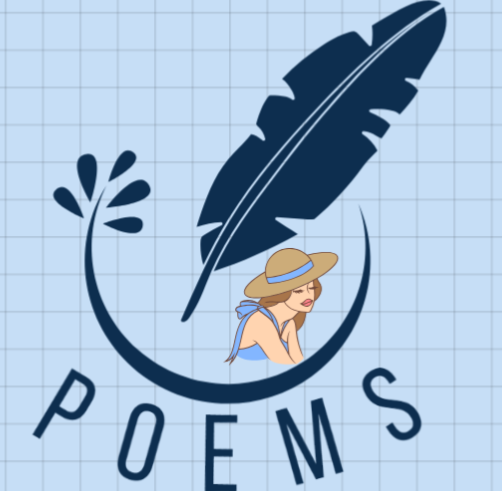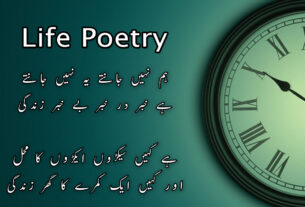In the realm of poetry, love is a universal theme that transcends borders and languages. Hindi poetry, in particular, has a rich tradition of exploring the complexities of love, with its own unique nuances and expressions. As we step into the year 2024, it is intriguing to explore the essence of love in Hindi poetry, tracing its evolution and significance over time.
The earliest known Hindi poetry dates back to the 12th century, with the works of Bhavabhuti, Kalidasa, and Vidyapati. These poets delved into the themes of love, spirituality, and social issues, setting the stage for future generations. In the 16th century, Tulsidas’s Ramcharitmanas became a seminal work in Hindi literature, incorporating themes of love, devotion, and mythology.
One of the most celebrated Hindi poets of all time is Mirza Ghalib (1797-1869). His poetry is renowned for its subtlety and depth, often exploring themes of love, loss, and longing. His verses are infused with a sense of melancholy, capturing the bittersweet nature of love. For instance, his famous couplet “Hazaar daastaan Apni Apni” (A thousand stories are my own) conveys the pain and complexity of loving someone.
In the 20th century, Hindi poetry underwent a significant transformation with the rise of modernist movements. Poets like Sarojini Naidu (1879-1949) and Premchand (1880-1936) explored new forms and styles, tackling themes like social justice, nationalism, and individual freedom. Their works often incorporated elements of love as a means to express their concerns about society.
The 20th century also saw the emergence of romantic poetry in Hindi. Poets like Harivansh Rai Bachchan (1907-2003) and Mahadevi Varma (1907-1987) penned verses that captured the beauty and intensity of love. Bachchan’s poetry is particularly notable for its accessibility and emotional resonance, making it relatable to a wide audience. His poem “Madhubala” (1954) is a celebrated example of romantic poetry in Hindi.
Contemporary Hindi poetry has continued to evolve, incorporating diverse themes and styles. Poets like Gulzar (1934-present) and Ashok Vajpeyi (1935-present) have explored complex issues like love, identity, and belonging. Their works often blend elements of philosophy, spirituality, and social commentary.
The 21st century has also seen a surge in feminist poetry in Hindi. Poets like Kedarnath Singh (1934-2018) and Ranjit Hoskote (1962-present) have explored themes of love, gender, and identity from a female perspective. Their works offer a fresh perspective on traditional notions of love and relationships.
In recent years, Hindi poetry has also incorporated elements of digital media and technology. Poets like Sampurna Chattarji (1964-present) have experimented with multimedia forms like spoken word poetry and online performances. This shift reflects the changing nature of poetry consumption and the need for poets to adapt to new platforms.
In conclusion, the essence of love in Hindi poetry is multifaceted and complex. It has evolved over time, incorporating diverse themes and styles while maintaining its core focus on human emotions. As we step into the year 2024, it is essential to recognize the importance of Hindi poetry as a reflection of Indian culture and society.
Recommendations for 2024:
- Explore the works of contemporary Hindi poets who are pushing boundaries with their innovative styles and themes.
- Engage with digital platforms that promote Hindi poetry, such as online publications and social media groups.
- Organize readings and workshops that celebrate the diversity of Hindi poetry and its role in Indian culture.
- Support initiatives that promote literary translation and publication of Hindi poetry in English.
- Encourage young poets to experiment with new forms and styles while maintaining their connection to traditional Hindi poetic traditions.
As we embark on this new year, let us celebrate the beauty and complexity of Hindi poetry while exploring new avenues for its evolution. The essence of love remains a universal theme that continues to captivate readers across languages and cultures.




